
The new legislation authorizes the use of fee revenues for drug safety oversight and assessment throughout a product's lifecycle.

The new legislation authorizes the use of fee revenues for drug safety oversight and assessment throughout a product's lifecycle.

From the earliest days of the biotechnology industry, companies have grappled with the complexities of making innovative biopharmaceuticals on a large scale. Success in manufacturing begins with process science, since biotech production requires perfection in maintaining living organisms in a sterile environment under controlled physiological conditions. But unless companies can solve the challenge of planning for and managing manufacturing capacity, they will not be able to achieve the full potential of promising biotech products.
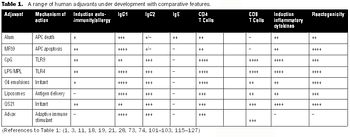
Adjuvant-caused vaccine reactions are one of the most important barriers to better acceptance of routine prophylactic vaccination.

The main testing and regulatory provisions of the FOB legislation reflect multiple trade-offs between the demands of innovators and generics firms.

Now equipment makers are designing new systems that can be deployed rapidly, are less costly to build, and require less water and power to operate.

FDA's approach involves adopting efficient strategies for targeting inspections to more high-risk operations likely to have the greatest impact on public health.

Viragen, Inc. (Plantation, FL, www.viragen.com), and its collaborative partners in the field of avian transgenics-Roslin Institute (Scotland, UK, www.roslin.ac.uk) and (Oxford, UK, www.oxfordbiomedica.co.uk)-have announced a significant breakthrough in the development of the OVA system, an avian transgenic protein expression technology.
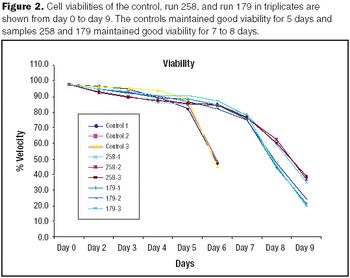
Growth of CHO cell cultures in a shaker plate model system was demonstrated to be comparable to growth in shake flasks.
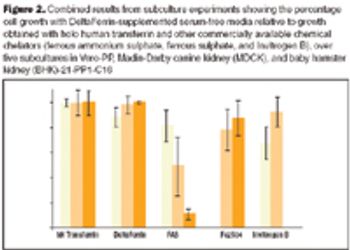
In addition to existing guidance, in January 2007 the FDA announced further proposals to prohibit the use of certain bovine materials as ingredients in some medical products or as elements of product manufacturing.
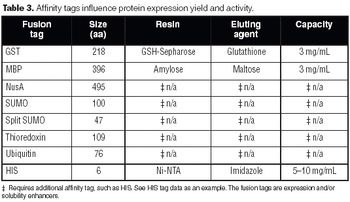
Protein expression remains an arduous task that involves a complex decision tree. Establishing tools and optimal conditions for each protein remains an empirical exercise.

The biopharmaceutical industry has gained a lot of experience in monitoring glycosylation, but still has a lot to learn about the structure–function relationship.

These articles encapsulate the past, present, and possible future of process-scale chromatography in biopharmaceutical production.
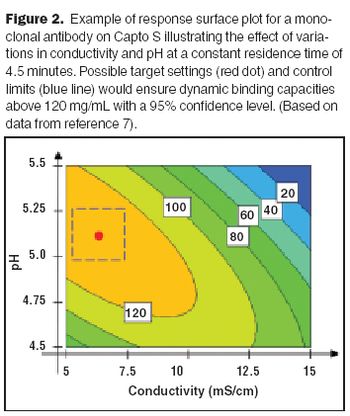

The many benefits of disposable technologies, such as significant savings in time, labor and capital, as well as ease of scalability and flexibility, have led to the growing trend of adopting disposable technologies in bioprocess manufacturing processes.
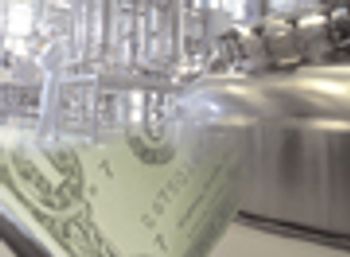
The number of biotechnology-based human therapeutic products in the late-stage pipeline, and the average cost to commercialize a biotech product, have steadily increased. This has required biotech companies to use economic analysis as a tool during process development and for making decisions about process design. Process development efforts now aim to create processes that are economical, as well as optimal and robust.

This article shows how Probabilistic Tolerance Intervals of the form, "We are 99% confident that 99% of the measurements will fall within the calculated tolerance limits" can be used to set acceptance limits using production data that are approximately Normally distributed. If the production measurements are concentrations of residual compounds that are present in very low concentrations, it may be appropriate to set acceptance limits by fitting a Poisson or an Exponential Distribution.

The first part of this article, published in the September 2006 issue, discussed general strategies for validation extensions to other test method components, laboratories and even different test methods.1This second part provides practical tips on how to maintain test method suitability long after the formal completion of analytical method validation (AMV) studies.

Development reports document process development and support the design of validation experiments, yet in many firms training is not provided nor are expectations established. This article describes how project managers can help scientists master the art of report-writing.
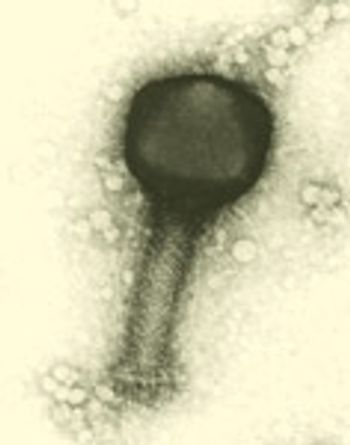
Nothing beats a good dictionary. It can clarify doubts, settle an argument, or prompt exploration into new areas of learning.

Capital investments in production plants represent a significant portion of the cost of new recombinant drugs

The transdermal delivery of biologics-as well as of conventional drugs-is growing in popularity because the technique offers numerous advantages.

The type of reactive moiety controls the site and stability of the covalent link and also the total number of PEGylation sites on a given protein.

Extra column effects must be accounted for to make a valid comparison
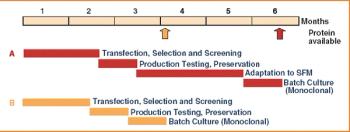
Over the last three decades, numerous protein expression systems have been developed with various quality requirements on large and small scales. Huge steps have been made in large-scale protein production in mammalian systems while the small-scale mammalian systems are expensive and inflexible. Thus, small-scale production is done in simpler expression systems, sometimes sacrificing the quality of the proteins. However, relief is on the way.

Yeast systems have been a staple for producing large amounts of proteins for industrial and biopharmaceutical use for many years. Yeast can be grown to very high cell mass densities in well-defined medium. Recombinant proteins in yeast can be over-expressed so the product is secreted from the cell and available for recovery in the fermentation solution. Proteins secreted by yeasts are heavily glycosylated at consensus glycosylation sites. Thus, expression of recombinant proteins in yeast systems historically has been confined to proteins where post-translations glycosylation patterns do not affect the function of proteins. Several yeast expression systems are used for recombinant protein expression, including Sacharomyces, Scizosacchromyces pombe, Pichia pastoris and Hansanuela polymorpha.